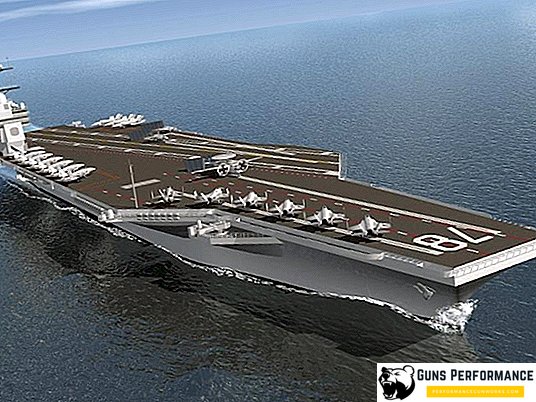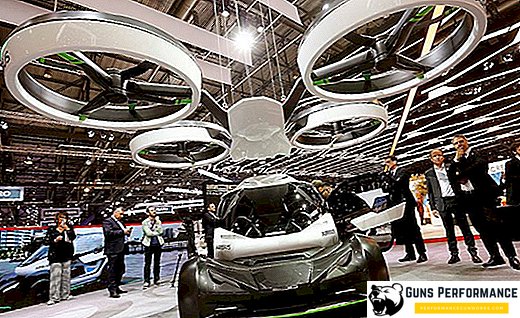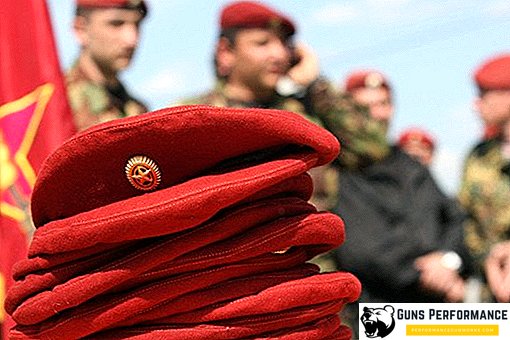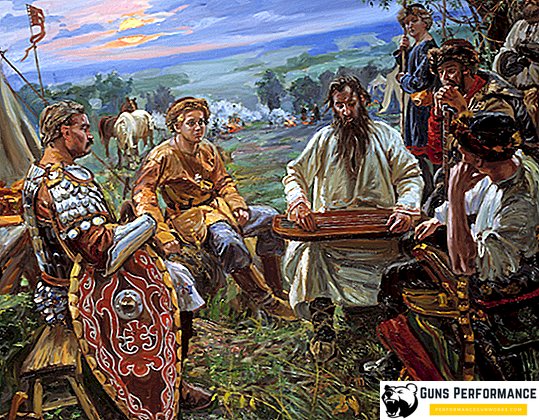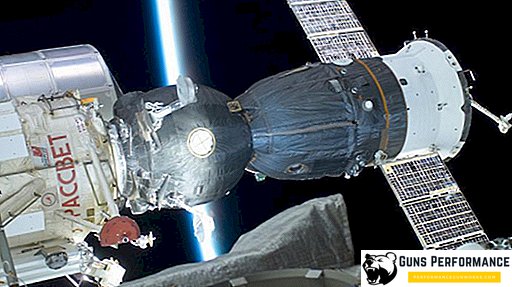Boeing 767 - wide-body passenger liner. Serially produced since 1981.
The layout of the cabin and the best places
A Boeing 767 passenger aircraft can accommodate from 181 to 375 passengers, depending on the model and layout of the cabin.
With a two-class layout of the Boeing 767 aircraft, the first-class cabin is located in front of the passenger cabin. Its places are occupied (according to the diagram) by rows with numbers from 1 to 5. There are two fairly wide aisles, and the seats themselves are arranged according to the "2-2-2" pattern. In total, the first class cabin in the Boeing 767 can accommodate up to 30 passengers. This class has softer and more comfortable chairs that can be laid out for a more comfortable rest and even for sleeping. Business class passengers are offered a menu with a wider (as compared to economy class) choice of drinks and dishes.

However, not all places in the Boeing 767 business class are equally good. First of all, you need to mark the places in the first and fifth rows - they are clearly not the best choice when booking tickets. They are located close enough to the toilet and utility rooms, which guarantees fuss and movement around them, even at night. It is also worth adding to all this the constant sound of slamming doors and the light that does not dim at night. That is why the best in business class will be places located in the rest (that is, 2, 3 and 4) rows.
Immediately behind the business class seats is an economy class lounge. Economy class takes places located in rows numbered from 6 to 39. There are also two passes, however, unlike the business class, they are narrower, and the places are arranged according to the "2-3-2" scheme, which affects to their width. The distance between the seats is narrower than in business class, but nevertheless, they meet the necessary standards and are sufficient to stretch the legs, even for people with high stature.
The best in economy class will be places that occupy the 6th and 27th rows. This is due to the fact that there are no other places in front of them, and, therefore, no one will tilt the back, limiting the space for the legs.

Not the best choice would be places in the 38th and 39th rows, especially adjacent to the aisle (that is, under the letters B, D, F and G). All because of them - they are not the best location for toilet facilities. As in the case of unsuccessful places in business class, here passengers await the turmoil, the queue, the sound of opening-closing doors. To avoid this, do not book these places.
Aircraft history
In the second half of the 70s of the 20th century, the airline United Airlines (USA) announced its desire to receive a new passenger liner that can effectively serve medium-length lines. At about the same time, Boeing announced the start of development of just such an aircraft. It was supposed to occupy a niche for short and medium-haul passenger traffic, mainly on domestic flights. It was then, in 1978, after the start of development of the new machine, and an order was received from the airline for the delivery of thirty Boeing 767. The development of the aircraft lasted 3 years, and in the autumn of 1981 Boeing 767 made its first flight.
During commercial operation, the aircraft proved to be exclusively from the best side, and the level of comfort of its passenger compartment turned out to be truly unprecedented at that time. Due to the success of the Boeing 767-200, a large number of orders for this aircraft. However, in addition to this, potential customers expressed a wish for greater carrying capacity and passenger capacity. In view of these wishes, as well as on the basis of an analysis of the air transport market, already in 1983, the development of a Boeing 767-300 modification began. It lasted for about 3 years, and in 1986 improved liners were delivered to the customer.

Modifications of the Boeing 767
To date, the Boeing 767 has six "existing" modifications:
- Boeing 767-200 - basic modification of the aircraft, created in 1981. The first customer of the aircraft was the American company United Airlines. The passenger capacity of the Boeing 767-200 is from 181 to 255 people. Flight range - up to 9000 km.
- Boeing 767-200ER - modification with increased flight range (up to 12000 km). The letters ER in the model name are translated as Extended Range - extended range. Also, the aircraft is characterized by a higher (by 36 tons compared with the base modification) take-off weight. Commercial operation of the Boeing 767-200ER began in 1984.
- Boeing 767-300 - a modification aimed at lengthening the fuselage and as a result, at increasing the cargo and passenger capacity (from 218 to 350 people, depending on the layout). Flight range of the Boeing 767-300 is the same as the model 200 - about 9000 km. Used since 1986.
- Boeing 767-300ER - Modification of the Boeing 767-300 with increased flight range (up to 11,000 km) and a slightly higher take-off weight. This model is used on international routes. Commercial operation of the Boeing 767-300ER was launched in 1988.
- Boeing 767-300F - cargo modification of the aircraft, developed on the basis of the model Boeing 767-300. The aircraft is capable of transporting cargo with a total weight of up to 100 tons at a distance of about 6000 km. Commercial use of the modification began in 1996.
- Boeing 767-400ER - is a modification of the aircraft, which has an increased range of flight (up to 10,000 km), an elongated fuselage and a larger wingspan than the previous models. The passenger capacity of the liner has also been increased (from 245 to 375 people). Commercial operation of the Boeing 767-400ER began in 2000.
Aircraft characteristics
The Boeing 767 is a low-profile normal aerodynamic design with a single-fin tail. The power plant of the liner is represented by two turbofan engines manufactured by General Electric, Pratt & Whitney or Rolls-Royce (depending on the modification).

Flight specifications of the modifications of the Boeing 767:
| Boeing 767-200 | Boeing 767-200ER | Boeing 767-300 | Boeing 767-300ER | Boeing 767-300F | Boeing 767-400ER | |
| Length m | 48,5 | 54,9 | 61,4 | |||
| Wingspan, m | 47,6 | 51,9 | ||||
| Passenger capacity, pers. | from 181 to 255 | from 218 to 350 | - | from 245 to 375 | ||
| Cargo, m³ | 81,4 | 106,8 | 454 | 129,6 | ||
| Max. take-off weight, kg | 142 880 | 179 170 | 158 760 | 186 880 | 186 880 | 204 120 |
| Empty weight, kg | 80 130 | 82 380 | 86 070 | 90 010 | 86 180 | 103 870 |
| Range, km | 9 400 | 12 200 | 9 700 | 11 305 | 6 050 | 10 450 |
| Cruising speed | M = 0.80 (851 km / h) | |||||
| Engines (× 2) | General Electric CF6-80A, (early 767-200 and 767-300 except ER), General Electric CF6-80C2 (usually 65,000 lbf), Pratt & Whitney PW4062 (usually 63,000 lbf), Rolls-Royce RB211 (usually 60,000 lbf) | |||||
Conclusion
Boeing 767 is one of the most successful models. And if in the early 80s of the 20th century the plane was very popular, but today its days are almost numbered due to the appearance of new models (for example, the Boeing 787). Nevertheless, the 767th left a bright mark in the history of air transport and aircraft construction.


